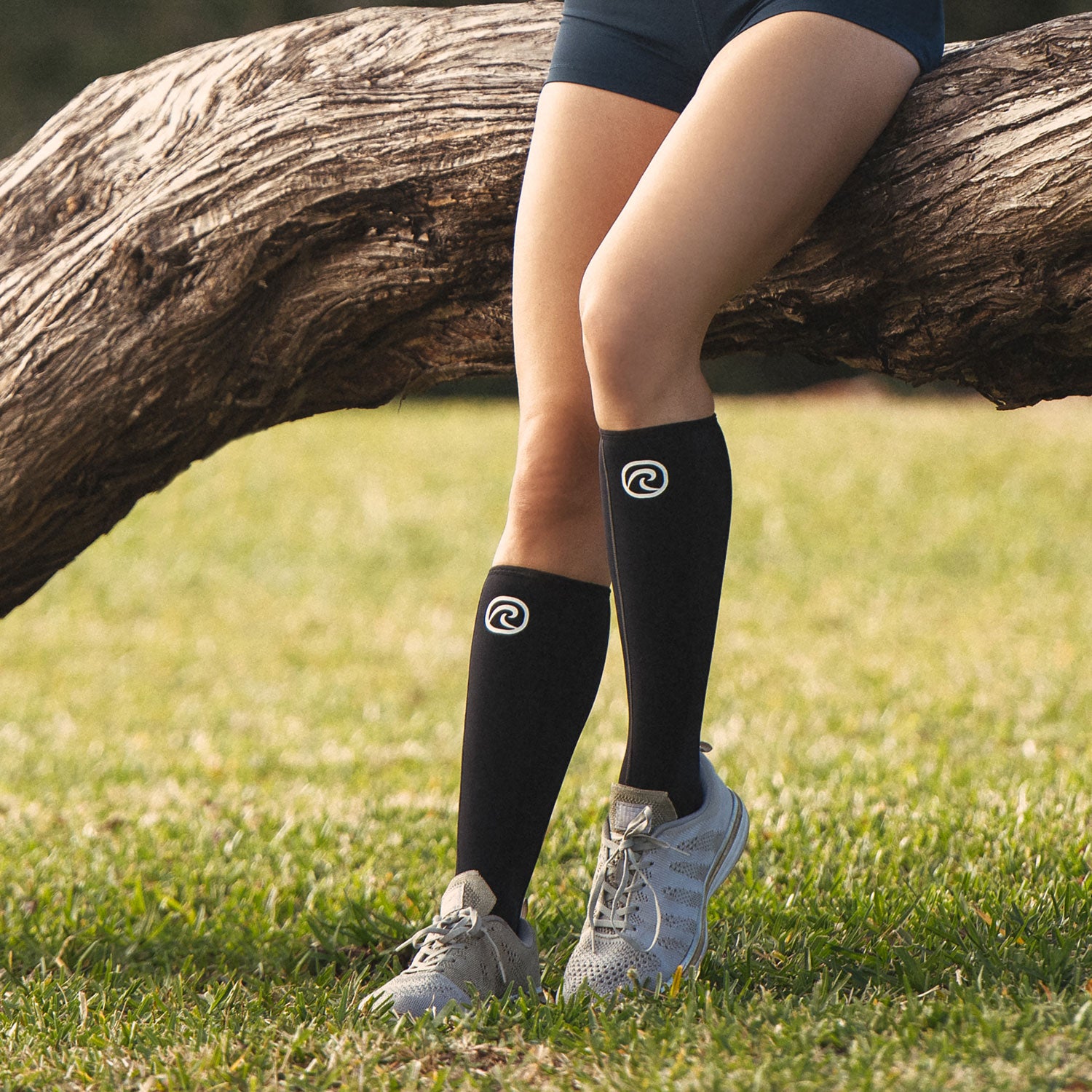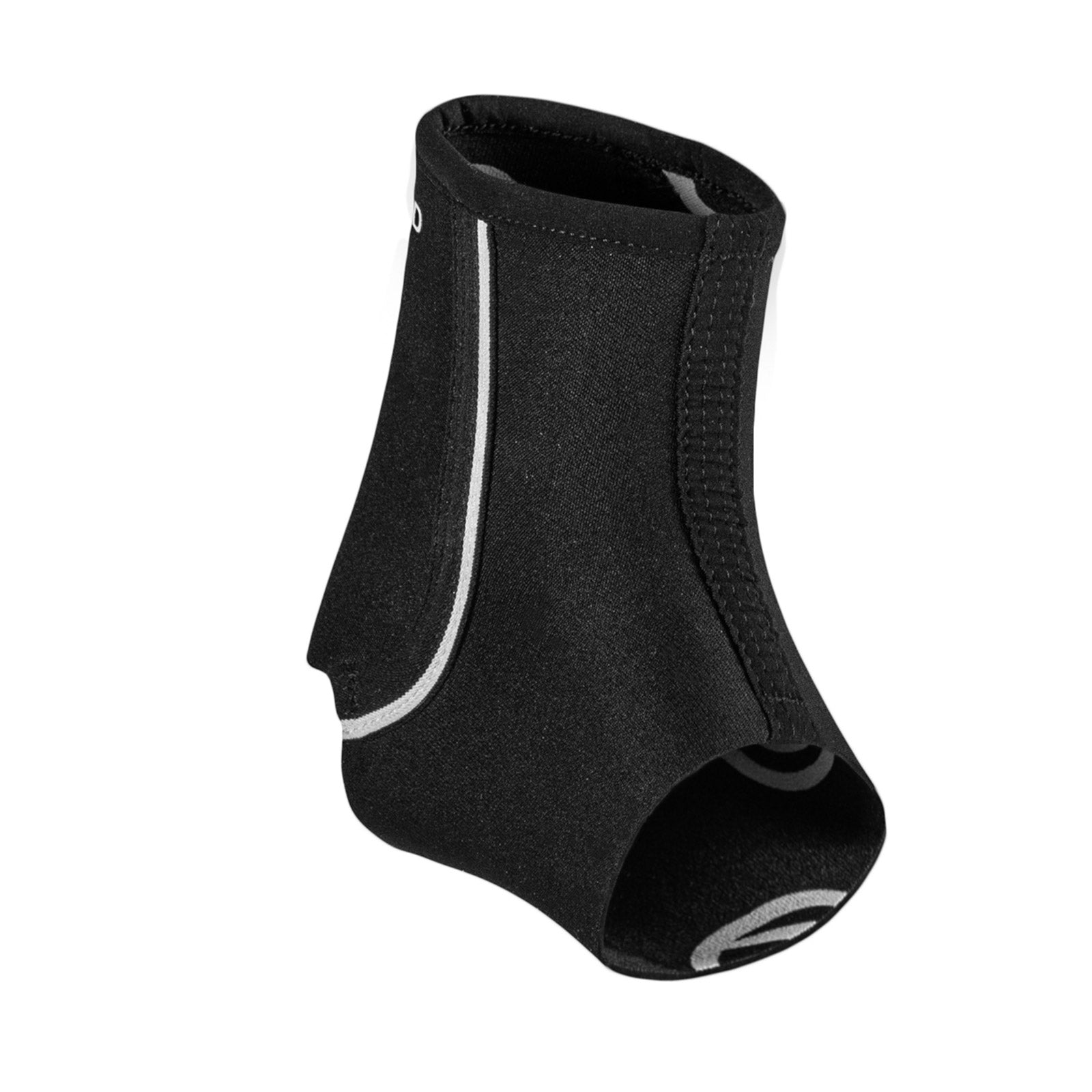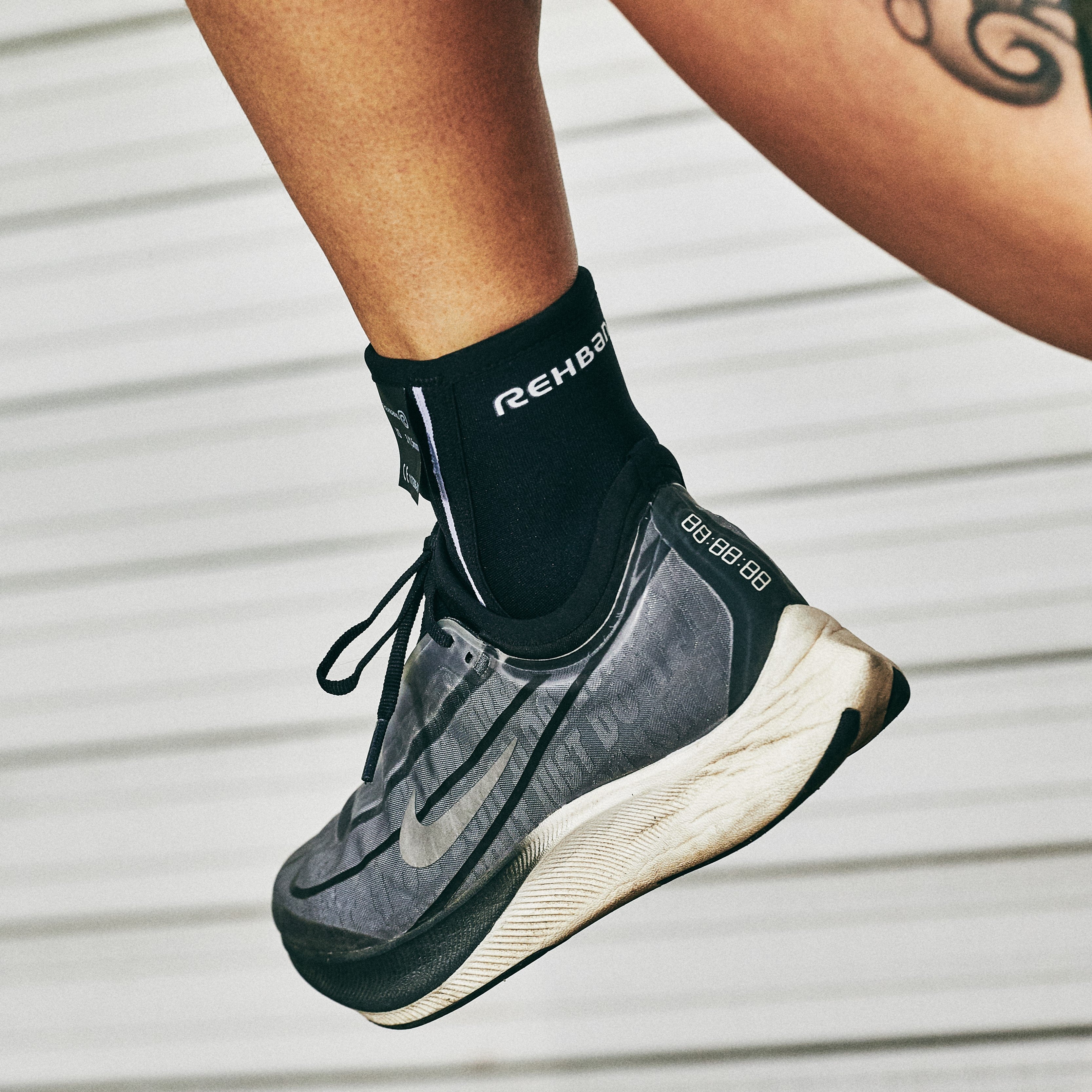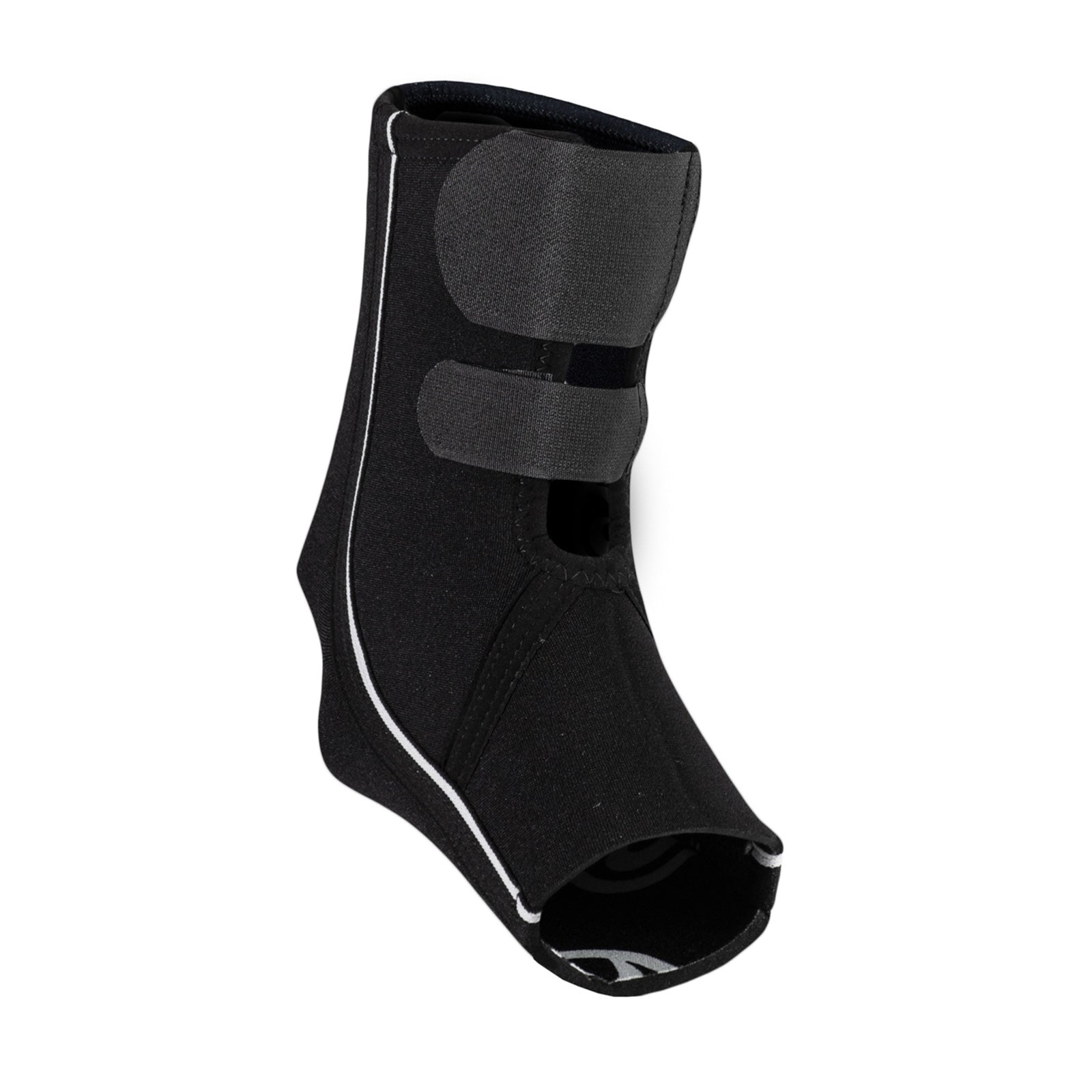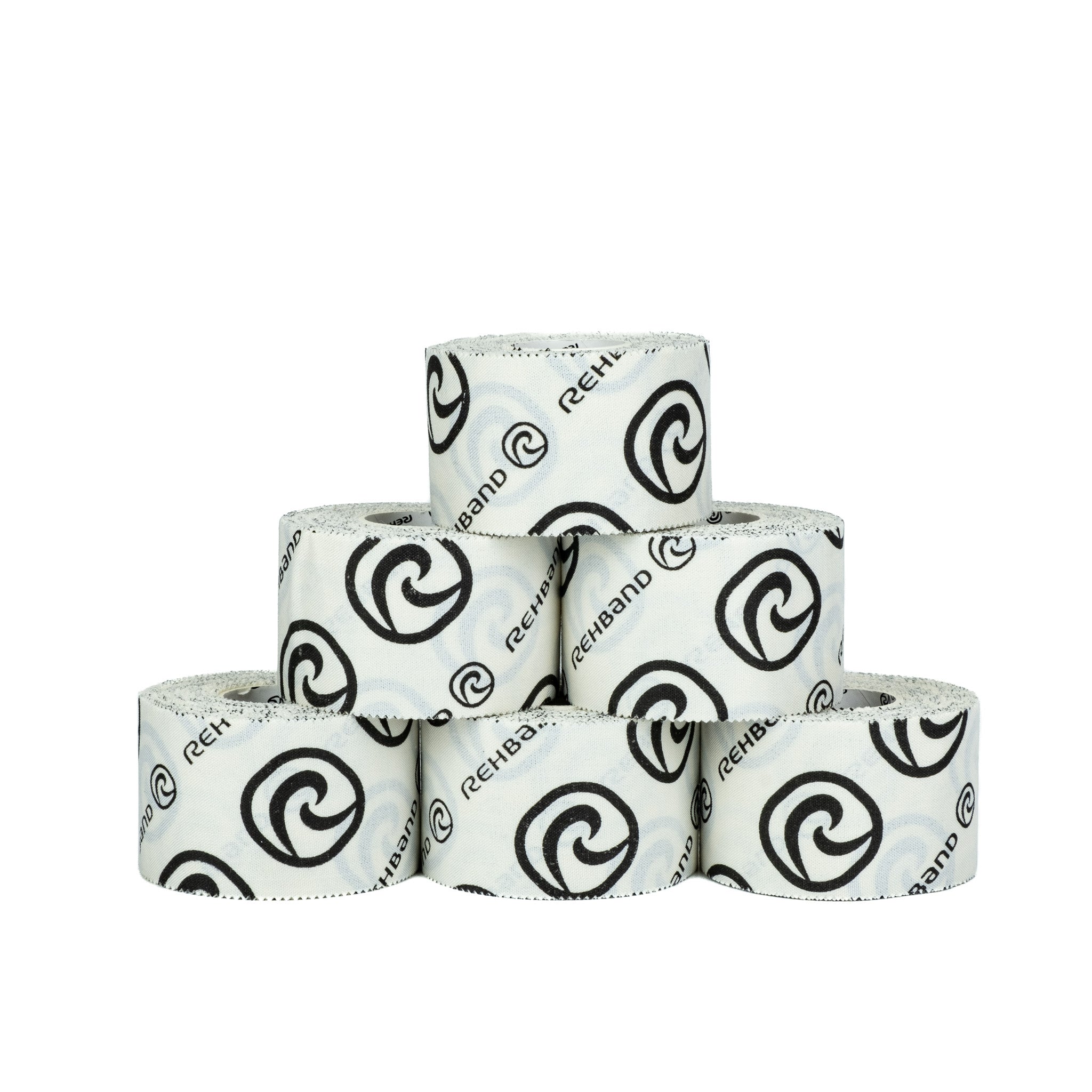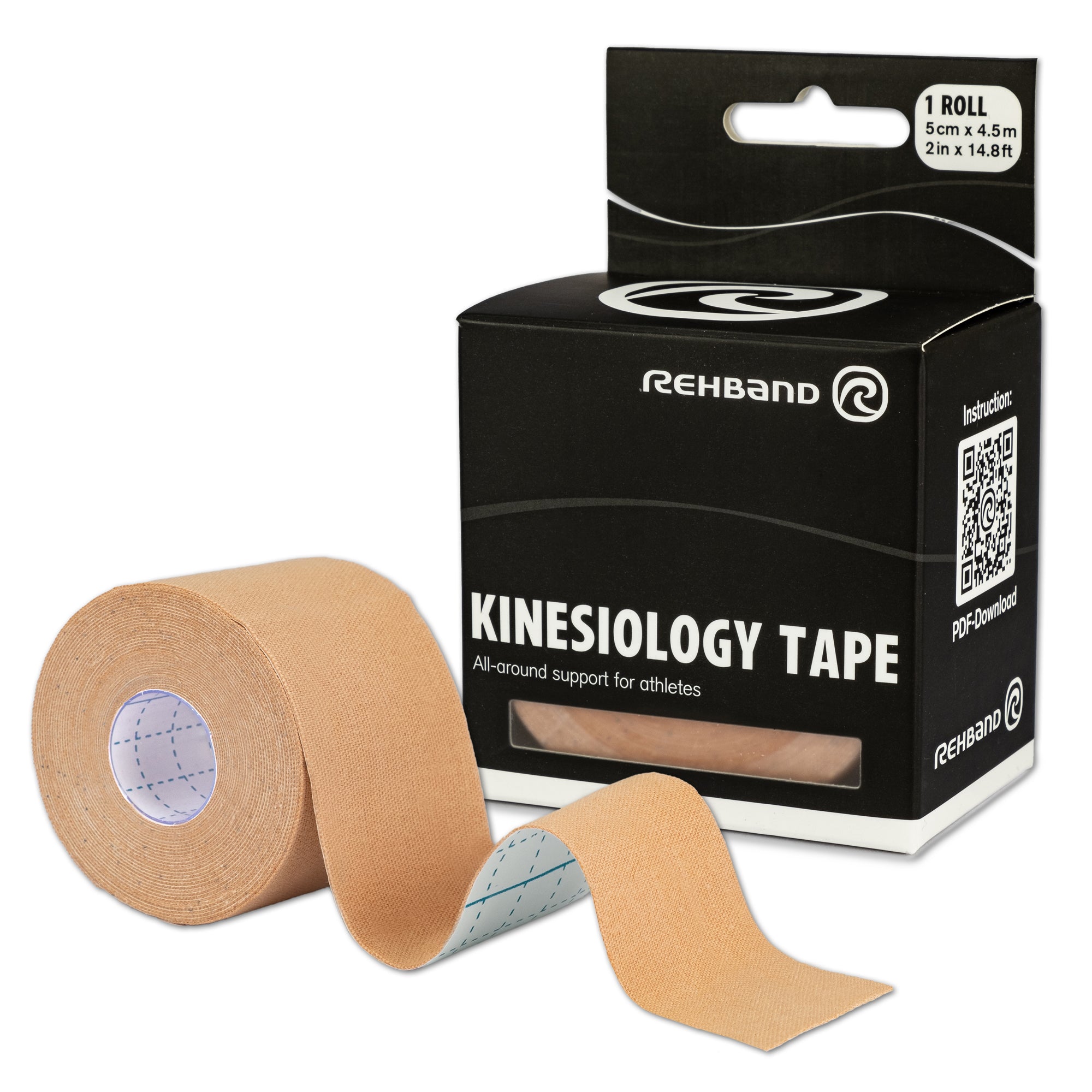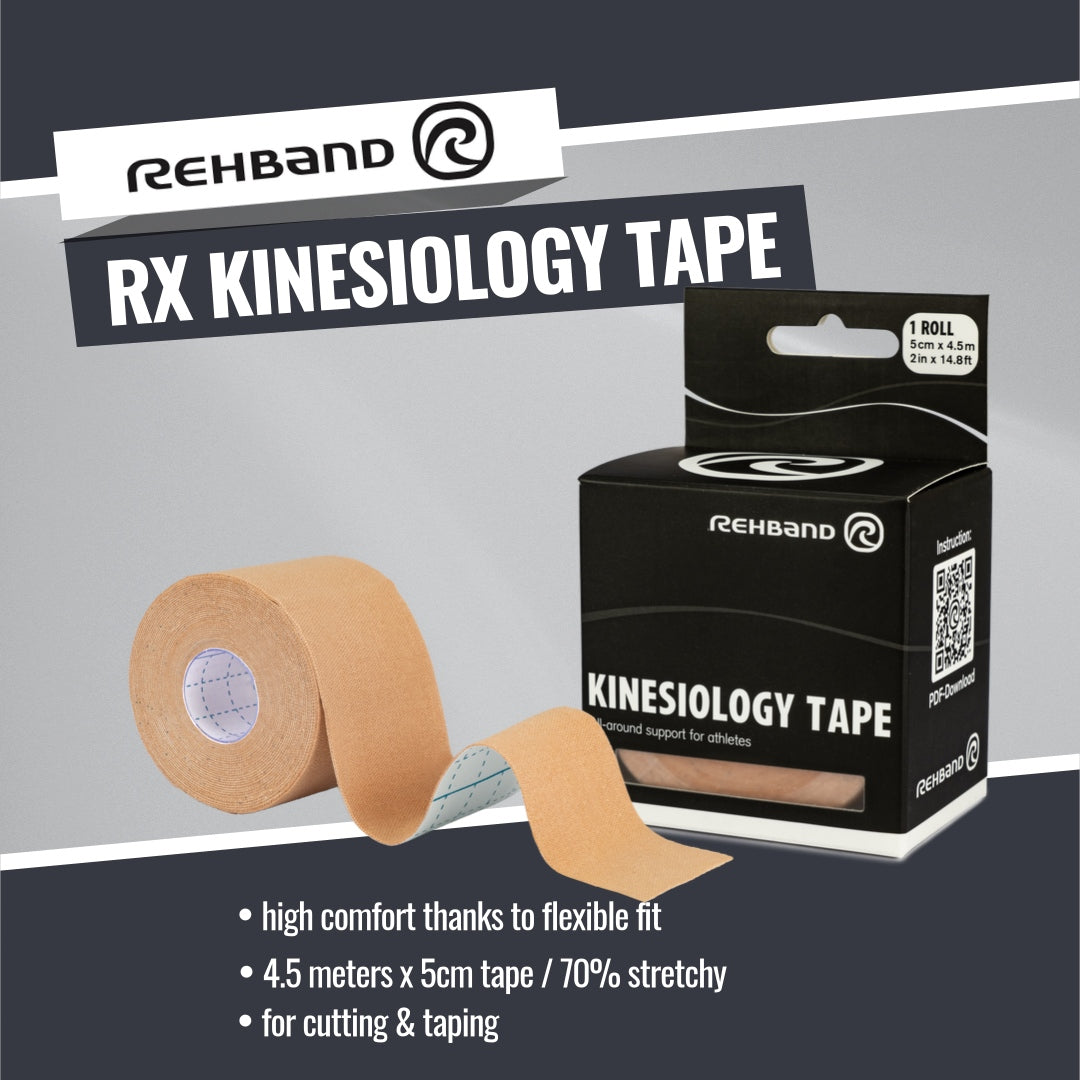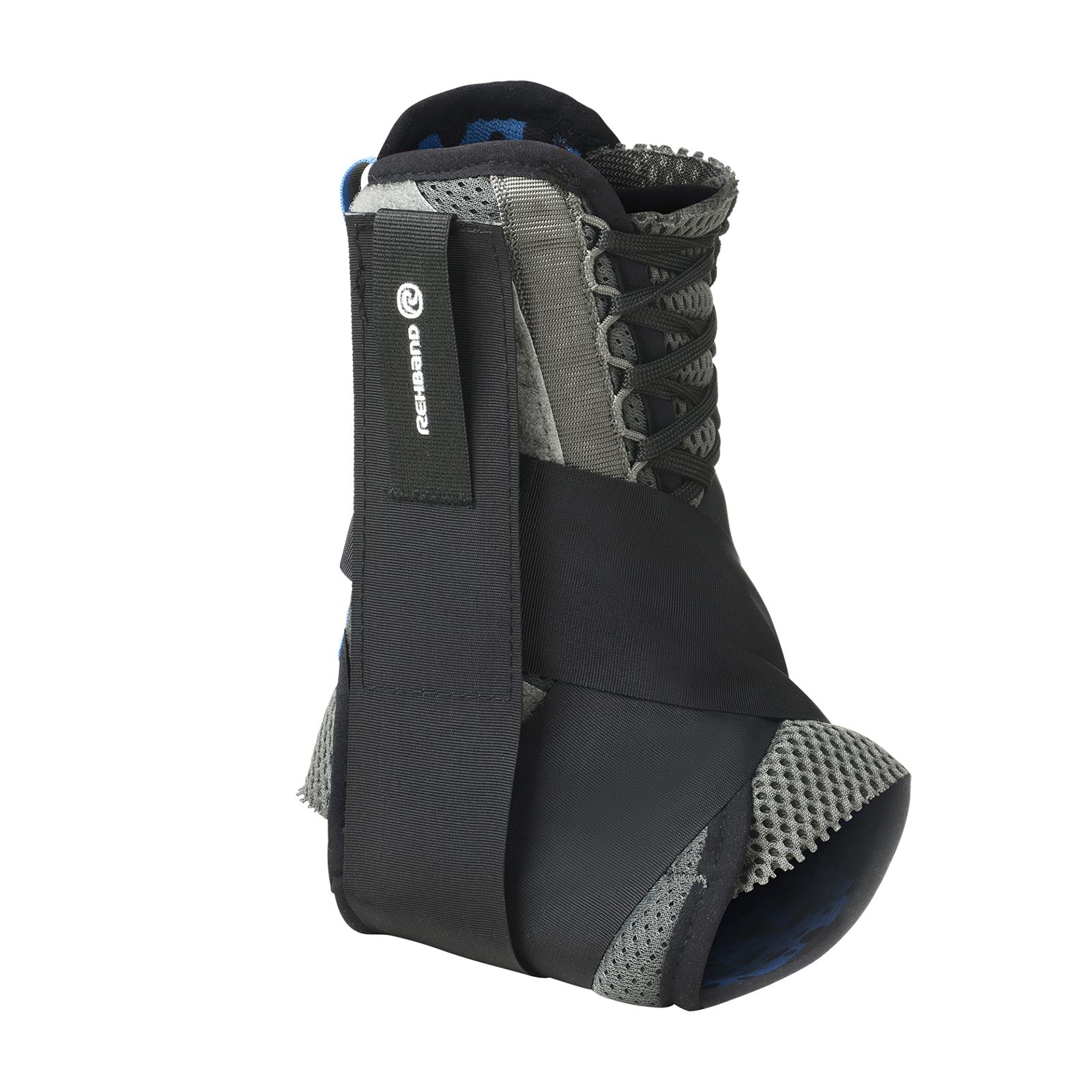Ankle Sprain - Ligament Damage on the Outside of the Foot
Ligament damage on the outside of the foot, often referred to as a lateral ankle sprain, is a prevalent injury, particularly in high-impact sports like handball. This type of injury commonly occurs when an athlete jumps and lands awkwardly, causing the foot to roll inward (a motion known as supination). The lateral ligaments, which are on the outer side of the ankle, can stretch or tear as a result of this unnatural movement.
The most affected ligaments are the anterior talofibular ligament (ATFL), the calcaneofibular ligament (CFL), and the posterior talofibular ligament (PTFL). These ligaments are critical in stabilizing the ankle joint and preventing excessive movements. When these ligaments are damaged, it can lead to pain, swelling, bruising, and difficulty bearing weight.
The severity of the sprain is classified into three grades: Grade I (mild), where the ligament is stretched but not torn; Grade II (moderate), involving partial tearing; and Grade III (severe), where the ligament is completely torn. Imaging techniques like X-rays or MRIs can be used to confirm the extent of ligament damage, especially for Grade III injuries. While most acute ligament injuries do not require surgical intervention, immediate and appropriate management is crucial for effective recovery.
How to Take Action when suffering an Ankle Sprain
Treatment typically involves the P.R.I.C.E. protocol: Protection, Rest, Ice, Compression, and Elevation. Resting the injured foot prevents further damage, while ice helps reduce swelling and pain. Compression through an elastic bandage and elevating the foot above heart level can also aid in decreasing inflammation.
In addition to P.R.I.C.E., early active rehabilitation exercises are recommended to restore range of motion, strength, and stability. This may include stretching, strengthening exercises, and balance training. In cases where the sprain is severe or complications arise, a healthcare professional may consider more advanced treatments, including physical therapy or, rarely, surgery.
Recovery time varies depending on the injury's severity, ranging from a few weeks for mild sprains to several months for more severe cases. Prevention strategies include proper warm-ups, strengthening exercises for the ankle, and using supportive footwear to reduce the risk of future injuries.

